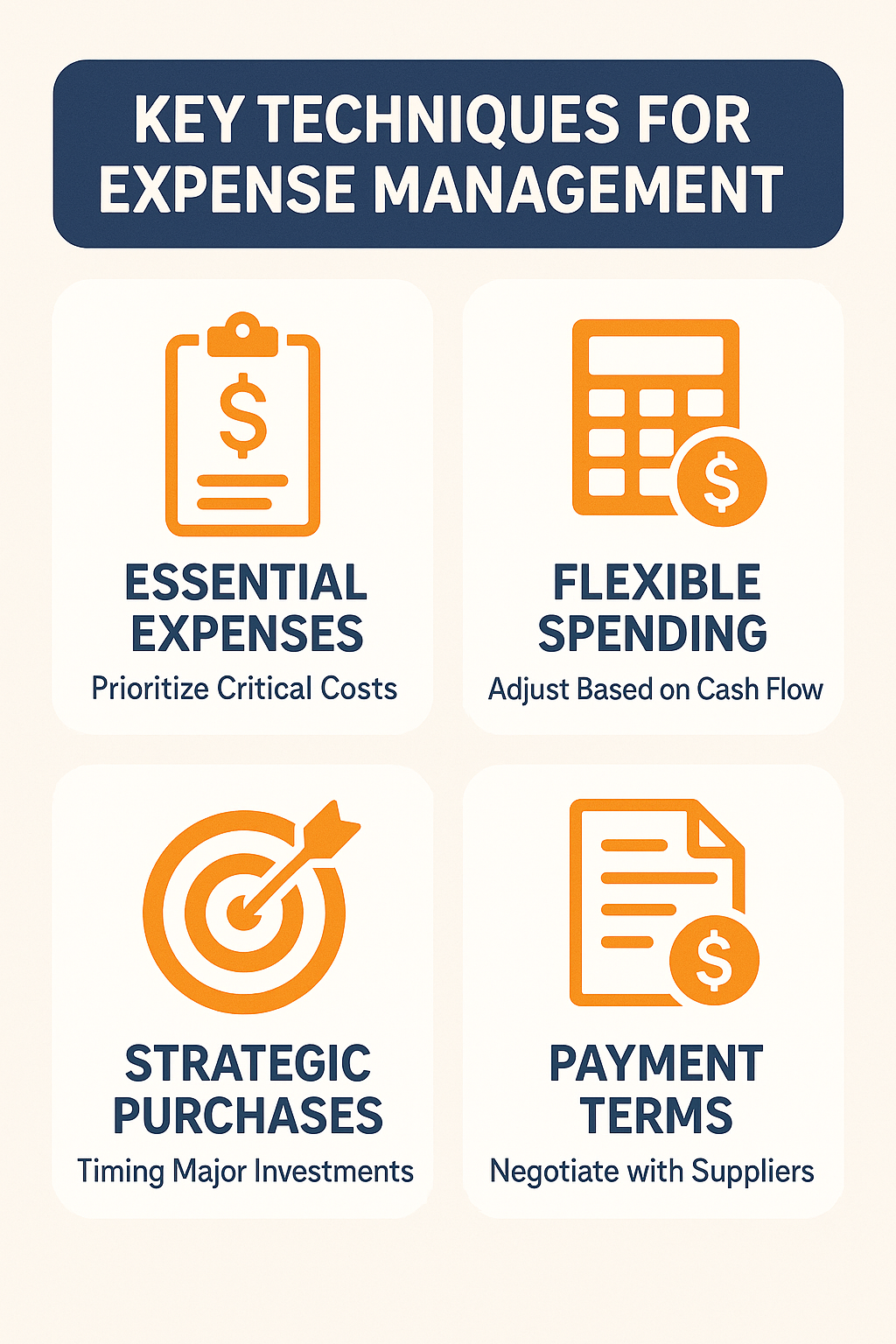Running a successful salon involves more than just providing excellent services to clients. The financial side of your business, particularly managing salon cash flow during repayment cycles, can make or break your operation. When you're handling financing repayments while dealing with the natural ups and downs of salon revenue, it's crucial to have a solid financial strategy in place.
Many salon owners find themselves caught off guard by the challenge of maintaining steady cash flow while meeting their repayment obligations. The beauty industry often experiences seasonal fluctuations, varying appointment volumes, and unexpected expenses that can strain your finances. However, with the right approach and planning, you can navigate these challenges successfully and keep your salon thriving even during demanding repayment periods.
Foundation Steps for Cash Flow Management
Building a strong foundation for cash flow management requires systematic steps that address the core aspects of your salon's financial operations. These foundation steps help create stability during repayment cycles.
- Track Daily Revenue Patterns: Monitor your daily income to identify peak and slow periods. This data helps you understand when money comes in and plan accordingly for repayment schedules.
- Create Detailed Expense Categories: Break down your costs into fixed expenses like rent and utilities, and variable costs such as supplies and commission payments. This clarity makes expense planning much more manageable.
- Establish Regular Financial Reviews: Set aside time weekly to review your cash position, upcoming expenses, and repayment obligations. Regular monitoring prevents surprises and allows for proactive adjustments.
- Document Cash Flow Patterns: Keep records of seasonal trends, busy periods, and slower months. This historical data becomes invaluable for predicting future cash needs and planning repayment strategies.
Building Your Revenue Forecasting System
A reliable revenue forecasting system helps you anticipate daily revenue fluctuations and plan for the financial demands of repayment cycles. This systematic approach provides the foundation for effective cash flow management.
- Analyze Historical Booking Data: Review past appointment books to identify patterns in client visits, service preferences, and seasonal trends. This analysis reveals when your salon typically experiences higher or lower revenue periods.
- Factor in External Influences: Consider local events, holidays, weather patterns, and economic conditions that might affect client spending. These factors can significantly impact your daily revenue and should be included in your forecasting model.
- Create Multiple Scenario Plans: Develop conservative, moderate, and optimistic revenue projections. Having multiple scenarios helps you prepare for different outcomes and adjust your repayment strategy accordingly.
- Update Forecasts Regularly: Review and adjust your revenue predictions based on actual performance and changing conditions. Regular updates keep your forecasting system accurate and useful for cash flow planning.
Strategic Expense Planning Techniques

Effective expense planning during repayment cycles requires a strategic approach that balances operational needs with financial obligations. These techniques help you maintain control over your spending while ensuring your salon continues to operate smoothly.
- Prioritize Essential Expenses: List your expenses in order of importance, putting critical items like rent, utilities, and staff wages at the top. This priority system helps you allocate funds appropriately when cash flow is tight.
- Implement Flexible Spending Categories: Create variable expense categories that can be adjusted based on your cash flow situation. This flexibility allows you to reduce non-essential spending during challenging periods without affecting core operations.
- Schedule Large Purchases Strategically: Plan major equipment purchases or renovations around your cash flow cycles and repayment schedules. Timing these investments properly prevents cash shortages during critical periods.
- Negotiate Payment Terms: Work with suppliers to establish favorable payment terms that align with your revenue cycles. Extended payment periods or flexible arrangements can help smooth out cash flow fluctuations.
Essential Tools for Financial Monitoring
Having the right tools for financial monitoring makes managing salon cash flow during repayment cycles much more manageable and accurate. These tools provide the visibility and control needed for effective financial management.
- Daily Cash Flow Tracking Systems: Use simple spreadsheets or accounting software to track daily income and expenses. This real-time monitoring helps you spot potential issues before they become serious problems.
- Automated Payment Reminders: Set up alerts for upcoming repayment dates and major expenses. These reminders ensure you never miss important payments and can plan cash allocation accordingly.
- Revenue and Expense Dashboards: Create visual representations of your financial data that make it easy to understand trends and patterns. Quick visual checks help you stay informed about your salon's financial health.
- Bank Account Management Tools: Utilize online banking features and mobile apps to monitor account balances and transaction history. Regular account monitoring helps prevent overdrafts and ensures adequate funds for scheduled payments.
Building and Maintaining Your Liquidity Buffer
A well-maintained liquidity buffer serves as your financial safety net during repayment cycles and unexpected challenges. This reserve fund provides peace of mind and operational financial stability when daily revenue fluctuations occur.
- Set Realistic Buffer Goals: Aim to maintain a reserve equal to at least one month's operating expenses, including your repayment obligations. This amount provides adequate protection against most temporary cash flow disruptions.
- Automate Buffer Contributions: Set aside a small percentage of daily revenue automatically, even during busy periods. Consistent contributions, no matter how small, gradually build your liquidity buffer over time.
- Separate Reserve Accounts: Keep your liquidity buffer in a separate savings account to prevent accidental spending. This separation makes it easier to track your reserve and resist the temptation to use it for non-emergency expenses.
- Regular Buffer Reviews: Assess your liquidity buffer monthly to ensure it remains adequate for your current needs. As your business grows or changes, your buffer requirements may need adjustment to maintain appropriate coverage.
Successfully managing salon cash flow during repayment cycles requires a combination of systematic planning, careful monitoring, and strategic financial practices. The key lies in understanding your revenue patterns, planning expenses thoughtfully, and maintaining adequate reserves to handle unexpected challenges.
Remember that effective cash flow management isn't just about surviving repayment periods, it's about creating a foundation for long-term business success. When you implement these strategies consistently, you'll find that managing daily revenue fluctuations becomes less stressful and more predictable.
Your salon's financial stability depends on the systems and habits you establish today. By focusing on expense planning, building your liquidity buffer, and monitoring your finances regularly, you're setting your business up for sustained growth and success, even during the most demanding repayment cycles.

.png)






